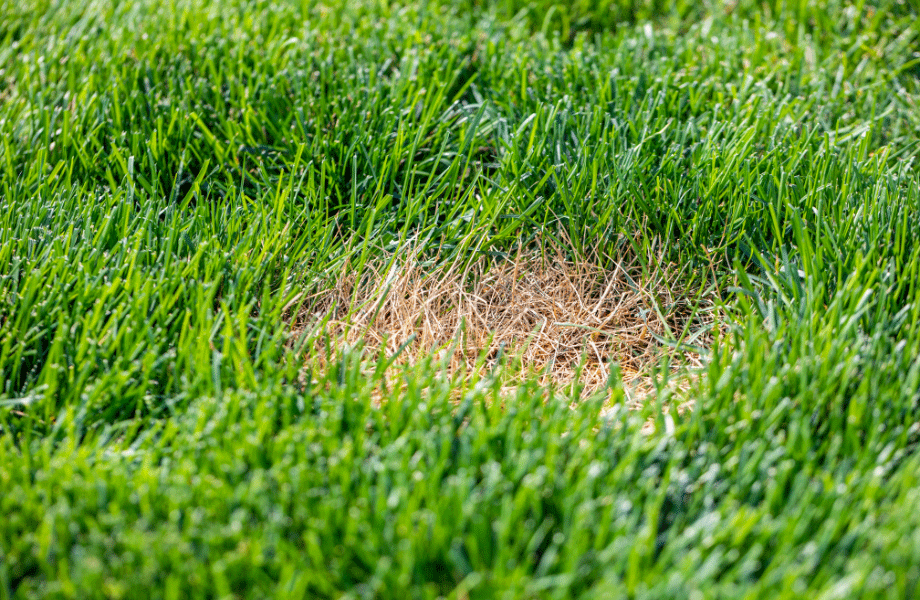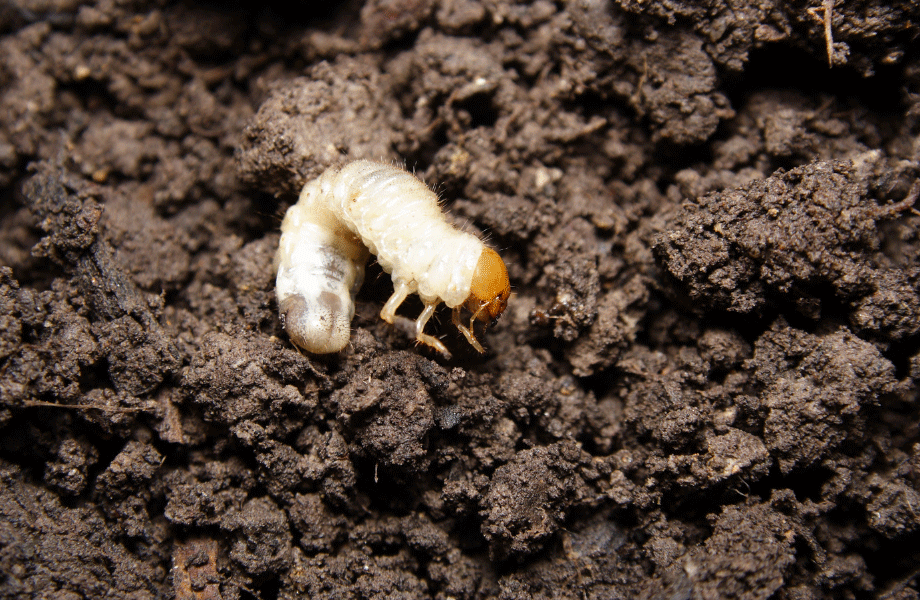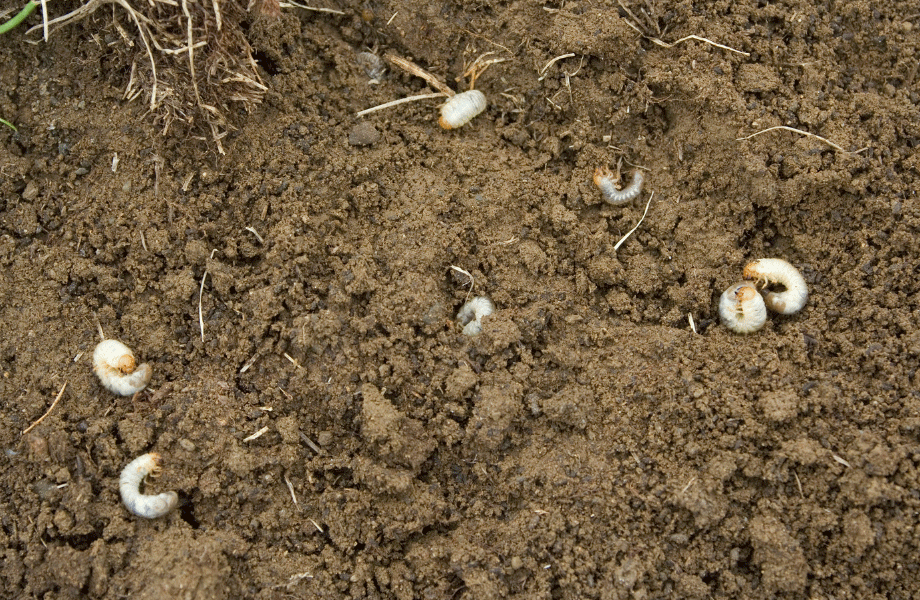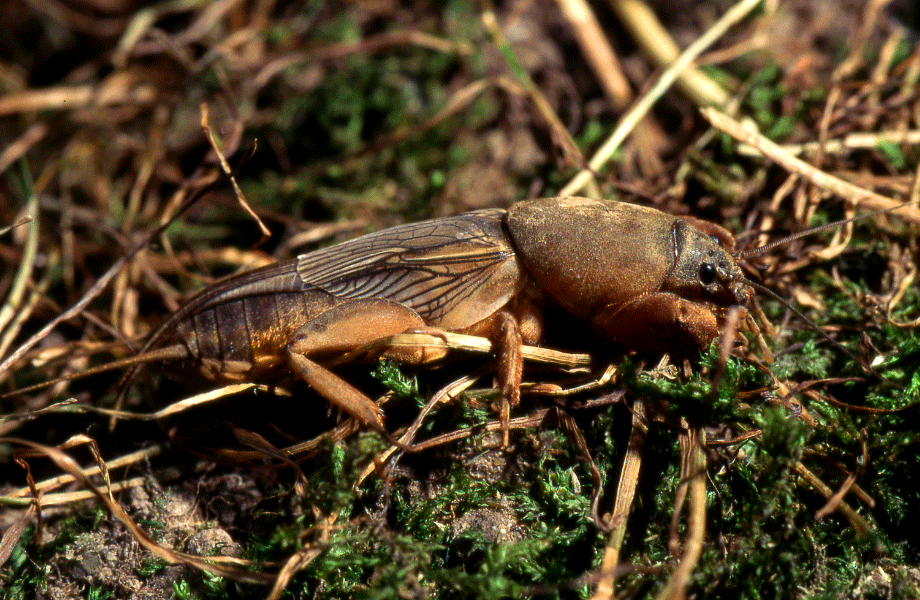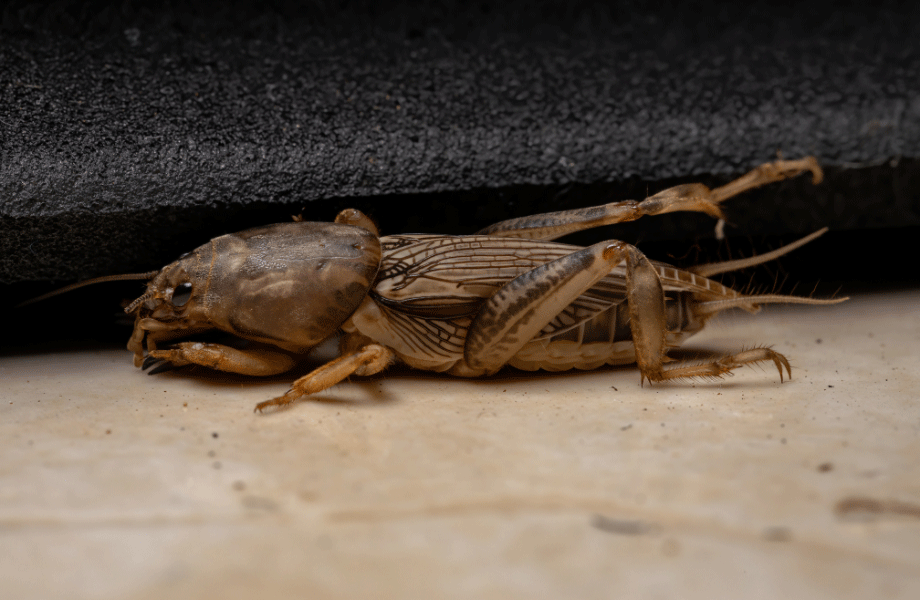A lush, thriving green lawn is the suburban dream. But there are a few things that can kill your dreams (and your lawn!). And one of the main ones to watch out for are lawn bugs.
The warmer months of the year are the peak time for pest infestation. But you can have problems any time of the year. So, on top of your regular lawn care schedule of mowing, watering and fertilising, keep your eye out for the bane of a keen gardener’s existence – lawn bugs.
There are various types of lawn bugs, from those that live underground to those that fly. We’re here to help you get your head around the most common lawn bugs, how to recognise the damage they cause and what to do about them.
Lawn Bugs – What’s Killing My Lawn?
Lawn bugs damage your lawn by eating the grass blades or roots. In extreme cases, this can kill the grass completely. Taking preventative measures is the best way to avoid damage caused by lawn bugs. However, if you recognise what’s happening and act quickly, you can save your grass before things get out of hand.
Types of lawn bugs
Before you can take action to treat your damaged lawn – or prevent lawn bugs from attacking your lawn in the first place – it’s good to know how to identify your own particular lawn pest. Today we’re focussing on the two of the most common lawn bugs in southeast Queensland – lawn grubs and mole crickets.
Lawn grubs
Lawn grubs are the most common lawn bug in southeast Queensland. There are three main types – army worm, sod web worm and cut worm. They all start life as small moth larvae and eat leaf blades. They are most active during the warm, wetter months from November through May. It’s interesting to note that lawn grubs are more common in couch grass. Sir Walter Buffalo DNA Certified lawns are the most resilient against lawn grub infestation (but can still be subject to attack).
Lawn grubs are easily treatable. As always, prevention and early detection is the simplest and most stress-free way of dealing with them.
How to identify lawn grubs
The most common sign of a lawn grub infestation are:
- Patchy brown or ‘bare’ patches in your lawn.
- Tiny white moths flying around above your lawn in the early evening. There will probably also be more birds around, feeding off the moths.
- Chewed holes in your leaf blades.
- White or brown egg sacs on your eaves, outdoor furniture or fences.
Lawn grubs love to attack healthy, well-maintained lawns. Being familiar with your lawn as part of your regular lawn care routine means you’ll be alerted early to any tell-tale signs of lawn grub infestation.
How to treat lawn grubs
How you treat lawn grubs depends on how extensive the damage to your lawn is. If your lawn has wide-spread damage, you will need to treat it with a spray such as Lawn Grub Guard. It kills off the lawn grub larvae, as well as the hatched pupae.
For the best results from your time spent spraying:
- Follow the label directions.
- Spray in the late afternoon or evening during clear weather (if it rains after you have sprayed, it will be washed away).
- Break the lifecycle by spraying seven to 10 days later. Always spray in the late afternoon or evenings. (Kill bugs at night, and weeds in the morning!)
How to prevent lawn grubs
Treating your lawn with a product such as Acelepryn GR will prevent lawn grubs from attacking it in the first place. It’s a single application pest control solution and will protect your lawn all season from lawn grubs.
Mole crickets
Mole crickets are brown, elongated insects. They are about 50mm long and have a hard, shiny head and wings. They are active from late spring through until the end of summer and prefer moist soil. Mole crickets burrow through the soil below your lawn, pushing up the soil as they go. This disturbs grass roots, which leads to dead patches in your lawn.
Mole crickets are most likely to attack Bermuda-type grasses.
How to identify mole crickets
Dying grass is a tell-tale sign of mole crickets, as is disturbed soil and irregularly shaped tunnels. To confirm your suspicion, you can easily flush them to the surface. In a watering-can, stir two tablespoons of liquid dishwashing detergent into seven litres of water. Drench an affected area of your lawn, limiting your pouring to about a metre square. If mole crickets are present, they will pop up out of the soil as the soapy water penetrates.
How to treat mole crickets
As with lawn grubs, prevention is the best form of defence against mole crickets. To protect your lawn from mole crickets, we recommend keeping it well fed with a good fertiliser. If you do see signs of mole cricket activity, we recommend treating it with a suitable insecticide.
For insecticide treatment to be effective, it must reach the mole crickets inside their below-ground tunnels. The most effective chemical treatment is Fipronil. Follow the label directions and take care in applying it.
Lawn bugs can be challenging. But with a bit of know how you’ll be able to recognise when they’re targeting you and take action to keep your lawn green and lush! And if you’re keen to take on any additional projects, keep reading. From garden paths and ponds to getting rid of nutgrass, we’ve got loads of tips and tricks. Keep your eye on our how to and product info pages for more informative posts like this one. And get in touch with us at any time, to talk through all your backyard projects this summer.










